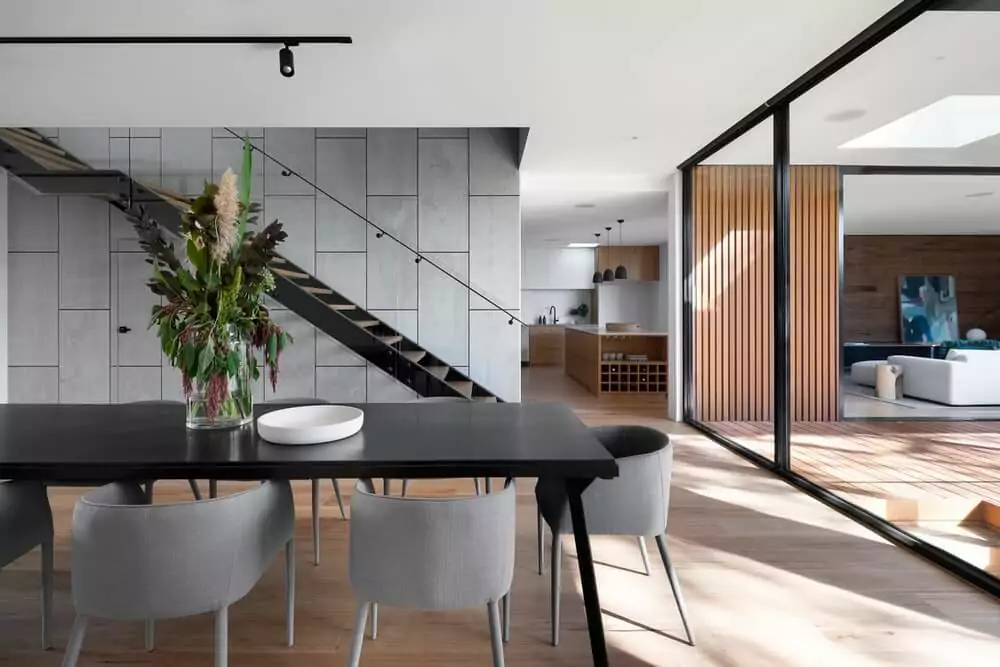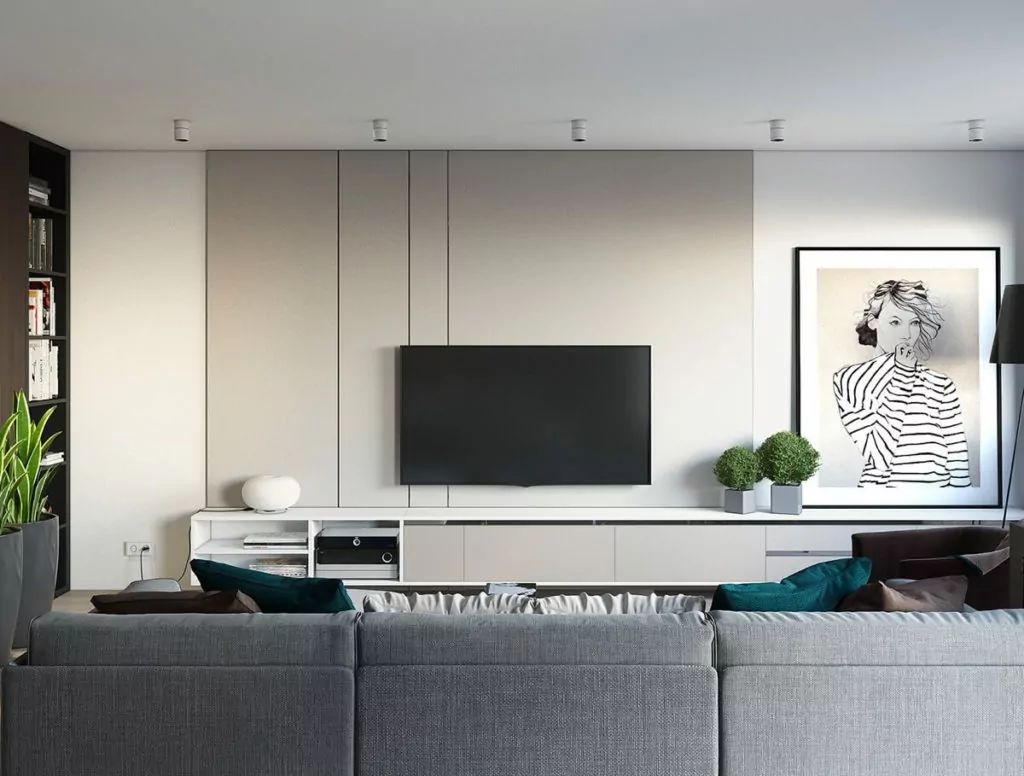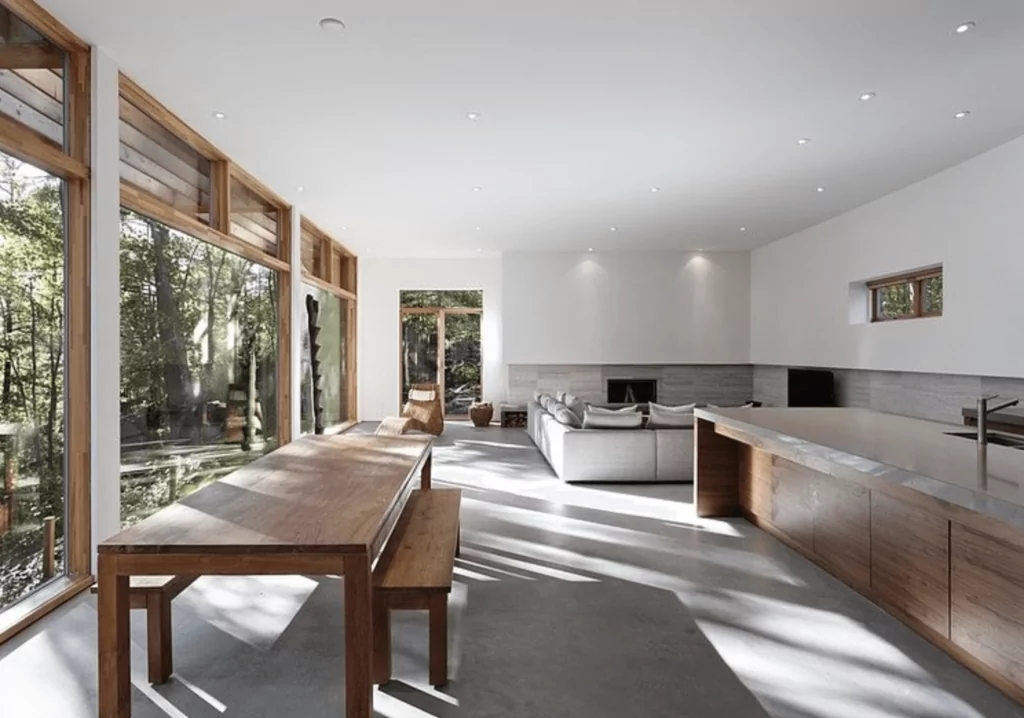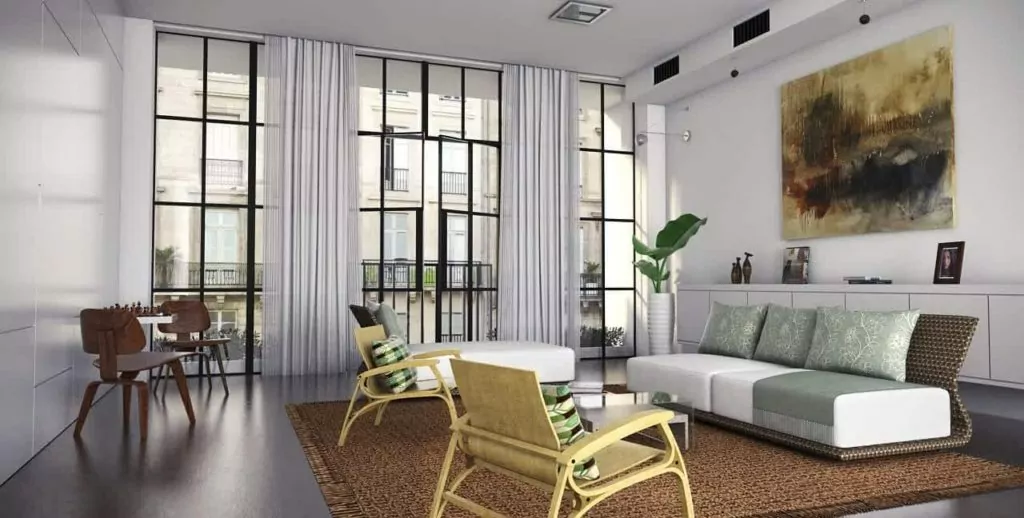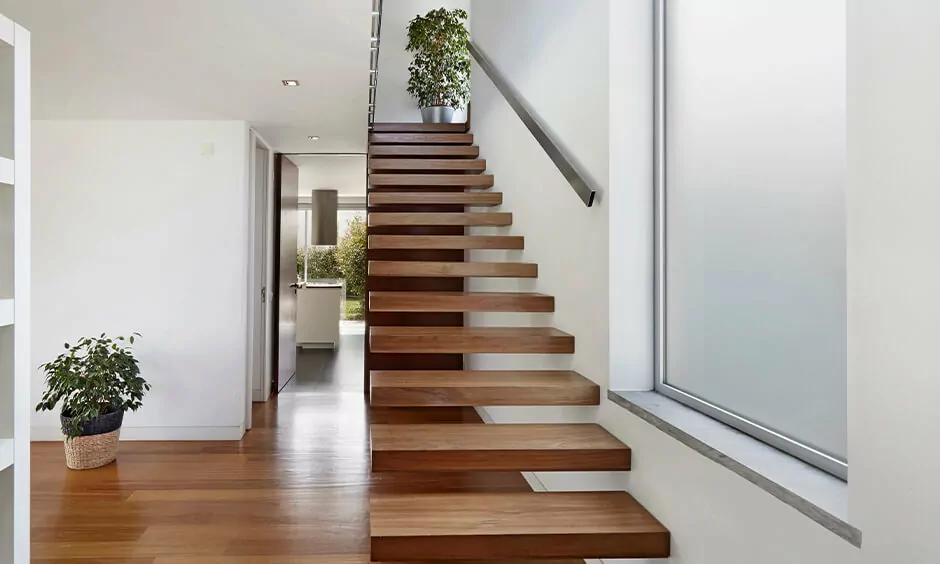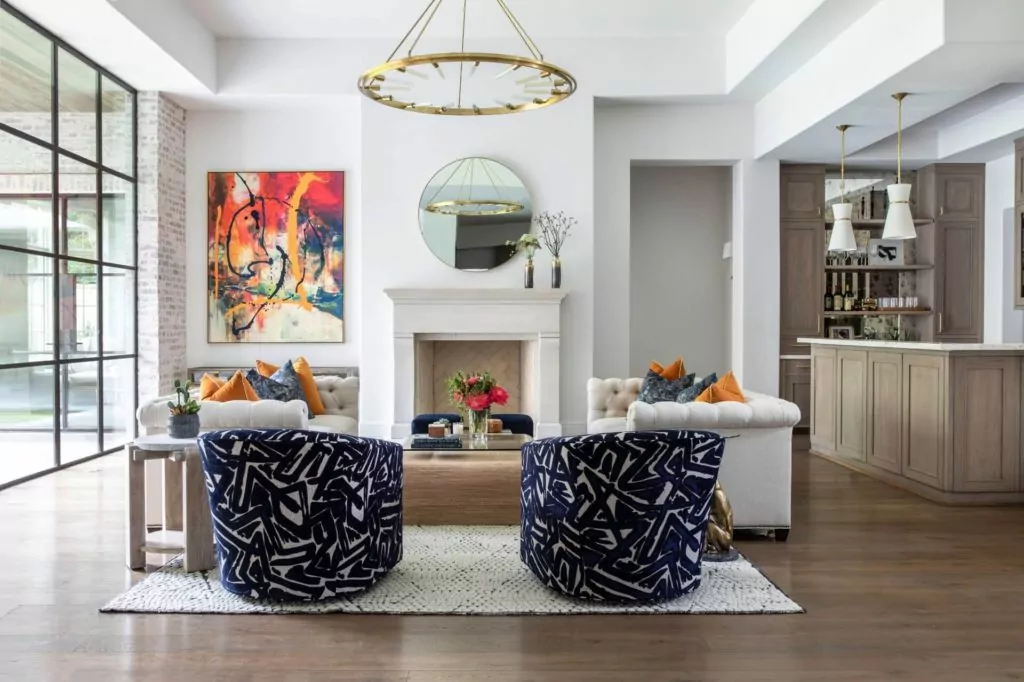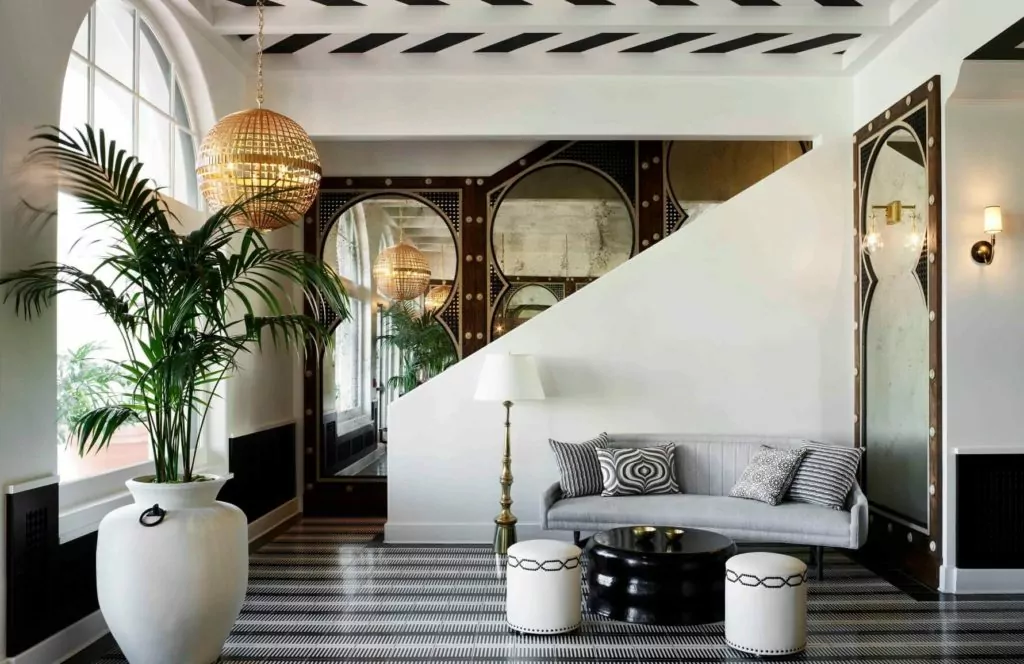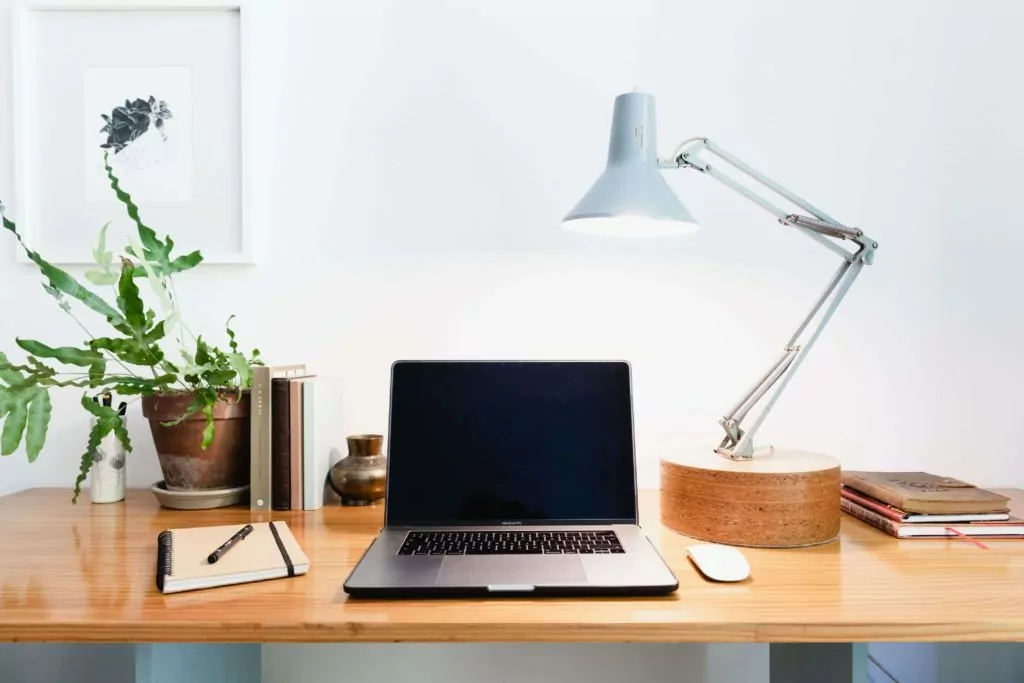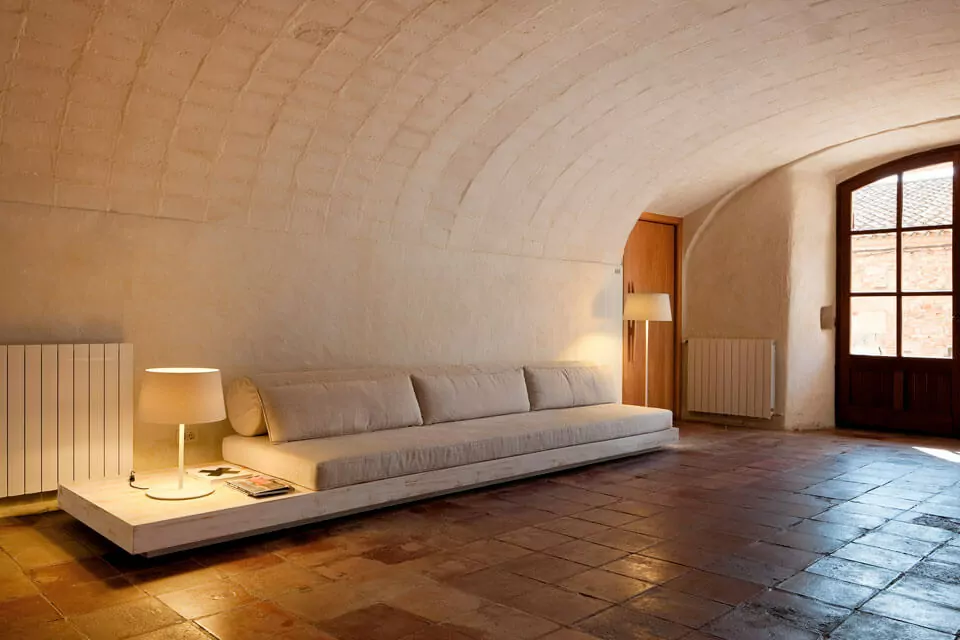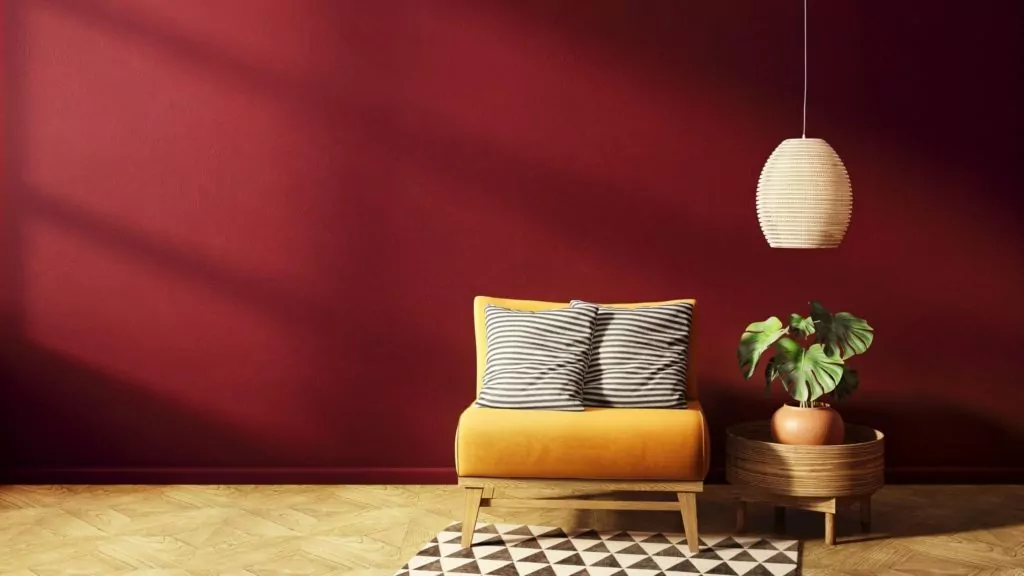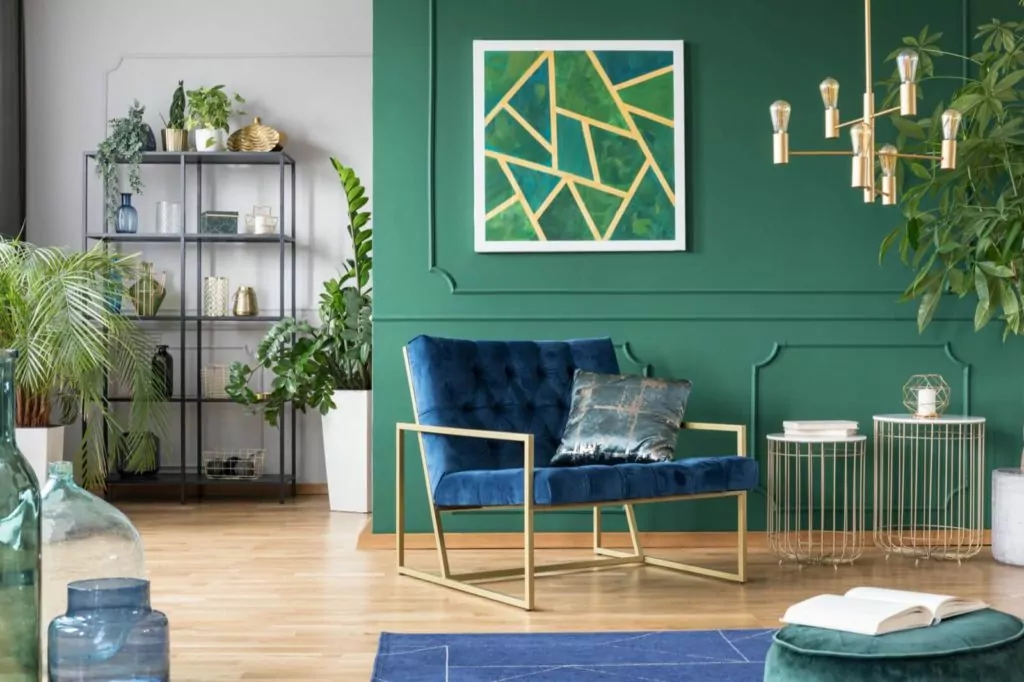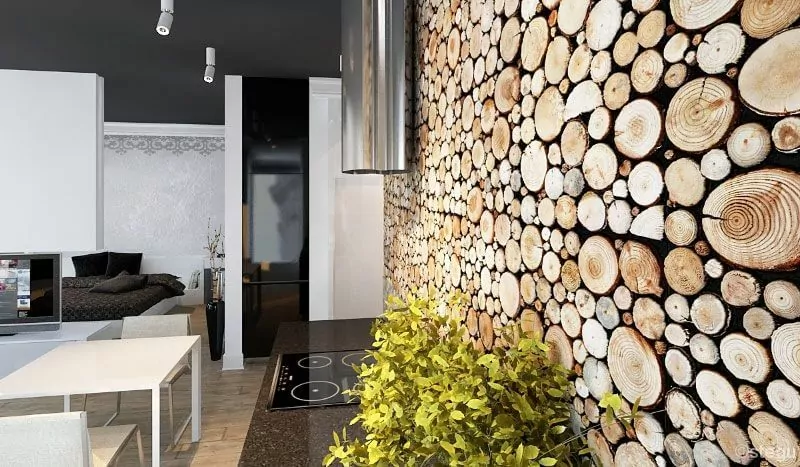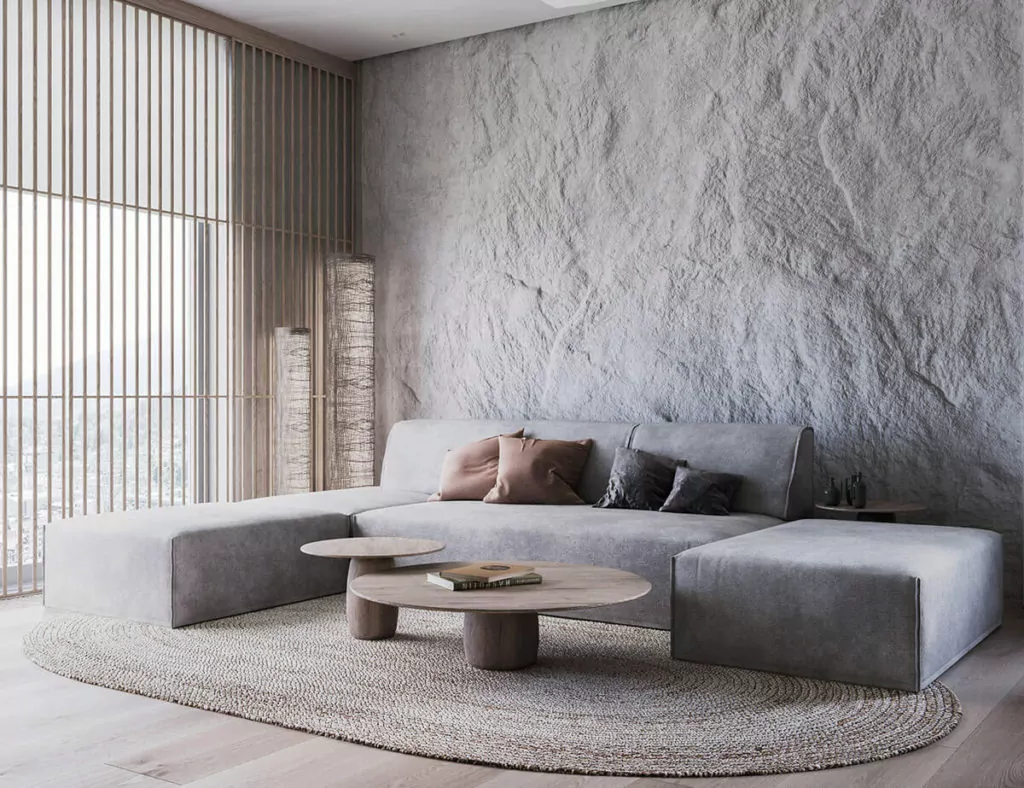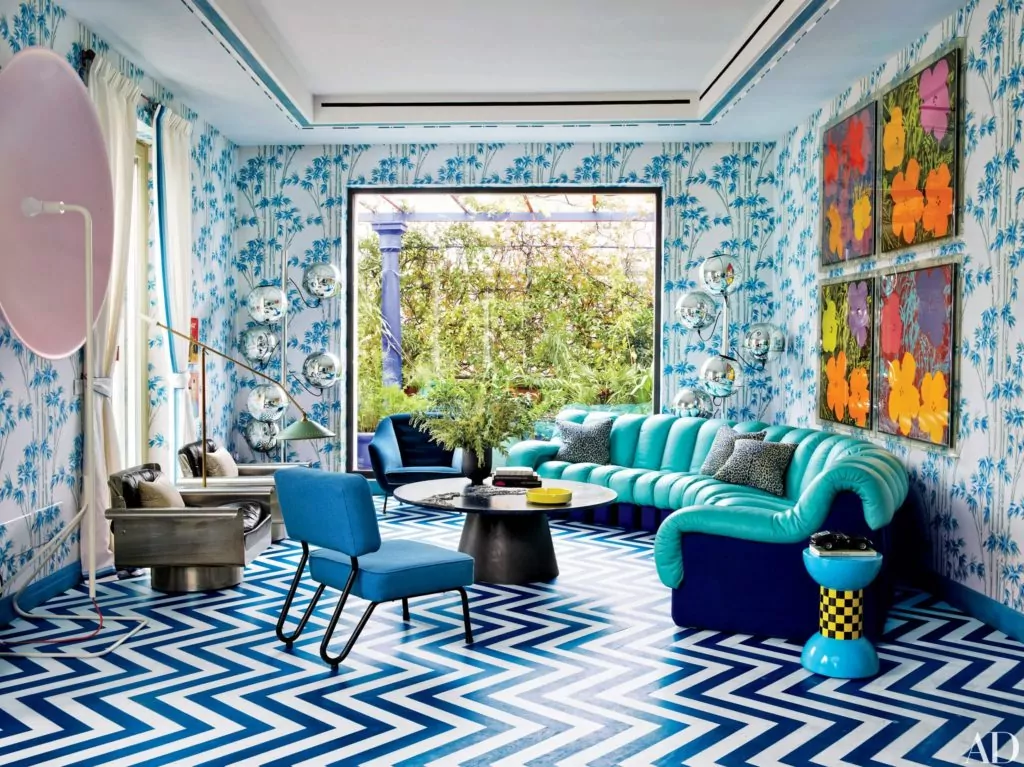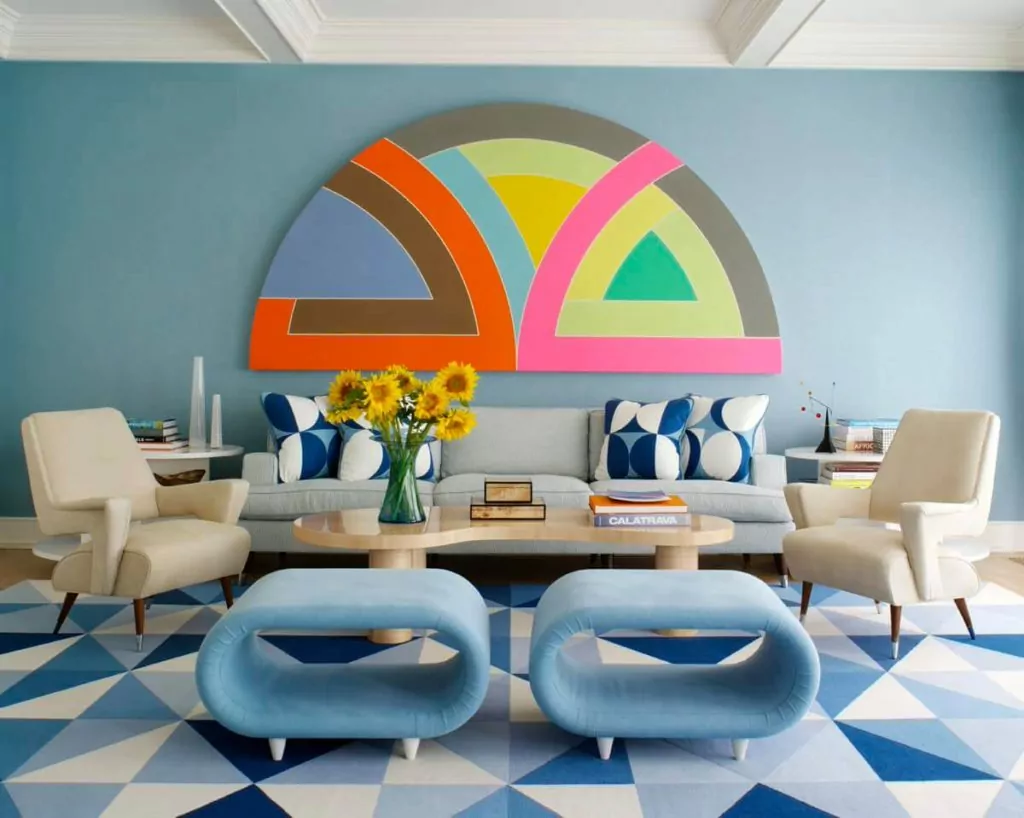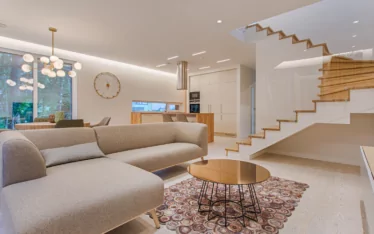Home is leisure, calm, play, interaction and collaboration with your near and dear ones, it embodies a vital part of our personality. Therefore, striking the right balance between our wants and needs; what relates and what doesn’t makes a huge impact on our psychology while being indoors. To maintain this balance in the ‘art of aesthetics’ and the ‘rationality of functionality,’ there are certain elements and principles that you can consider in your homes.
These elements and principles are a derivation of studies by varied researchers. Through this article, we will share with you the 7 key elements and principles of interior design that you can apply to elevate your home decor.
The 7 Elements and Principles of Interior Design That Are Guidelines To Your Home Decor
1. Space
Space acts as the key element in your interior design – both in aesthetics and in function. To define it in simple terms, space refers to the distance between various elements in a home along with its relevance to the entire proportion of a room. This element of interior design states that there needs to be a balance within the distribution of what we call ‘positive’ and ‘negative’ space.
Positive space is where all the objects like furniture, wardrobes, cabinets, tables, etc are placed. Whereas, the negative space is the connecting feature that correlates the object with one another; it refers to the gaps, nooks, corridors and open spaces within your homes.
There needs to be a balance between positive and negative space. It is only then that a room looks spacious, clear and perhaps bigger than it already is.
How to strike it right?
The best way to ensure this balance is to focus on the thoroughfares or the gaps with 1-meter space between all the objects. For sofa, beds, coffee tables, and similar objects it can be around 50 cm as well. These foot rules help in maintaining the balance between the positive and negative spaces.
2. Line
Right from the structural features to the furnishings, lines are a vital and diverse element in interior design. They create a sense of harmony, unity as well as contrast in space while adding more edge to it. While adding more articulation and form to a space, they also help in creating a sense of movement in your spaces.
Lines can be included in varied ways; be it the sleek finished and angled long cabinets for your drawing room interior design or your living room design with suspended lights connected with a linear layout.
Types of Lines
- Horizontal Lines
Horizontal lines bring in a sense of stability to the space, they also make the space look wider. Be it your dining tables, wall paints in stripes, cabinets or storages, they’re all under horizontal lines.
- Vertical Lines
Vertical lines are used to add more depth and height to a space, be it your windows, doors, tall fireplaces or vertical artworks; they all add a sense of verticality to the space. We might have a preference towards either using horizontal or vertical lines, however, there needs to be a balance between both as per the principles of interior design.
- Dynamic Lines
Zigzags, diagonals, curves, flowy strips, angled features; all come under dynamic lines. Staircases are one of the prime elements in dynamic lines. They are the eye-catchy elements of interior design and therefore, there is a high chance of getting it wrong. They inject energy and eccentricity, but these lines need to be carefully designed.
As per an individual’s needs and space constraints, you can blend in a balance of all three line types – horizontal, vertical and dynamic. Where the horizontal and vertical lines help in adding balance to a space, the dynamic lines add character to it.
3. Form
Form includes the overall shape of space and the objects within it like furniture, decorative items and artworks. They may include lines, angles, diagonal and irregular shapes.
Forms bring in stronger geometries to a space, they add a dynamic aspect as they are three-dimensional (3D) in nature.
There are two types of form: Geometric and Natural.
- Geometric forms
Another common name for this is man-made, they have square edges and hard lines. These forms are clean, sleek, and make a room look spacious.
- Natural Forms
They are derived from the concept of biomimicry (forms derived through nature) and have an organic language to them.
In comparison to which form is better than the other, it all comes down to the word – relevance. Any type of form needs to be relevant to the overall design, functionality and personality of the homeowners.
Want a clean and sleek space? Go for geometric forms. Want a playful space? Go for natural forms.
4. Light
There is so much written on lights, we can assure you that this element in interior design is as important as the others. Light provides a visual connection to all the objects in space and without it, there is no point in including all the other elements.
A well-designed space as per the principles of interior design has a good balance of artificial and natural light. And don’t mistake light in the form of an appliance only, elements like window coverings and the drapery used to filter light or hanging mirrors that reflect it are an equal part.
Artificial light is mainly divided into three types – Task lighting, Mood Lighting and Accent Lighting.
- Task lighting
Task lighting is used for a specific type of task. Study lamps, table lamps, focus lights are a few examples of it.
- Mood Lighting
Also known as ambient lighting, it is used for setting the vibe of an interior space while creating a soothing illumination.
- Accent Lighting
Accent lights are used to highlight certain core areas of the home, be it artwork, structures, paintings, sculpture, feature walls and much more, it helps in adding dynamicity to a space.
An ideal lighting room balances between natural and artificial illumination while also maintaining a good amount of ambient lighting with a dash of accents and task lights.
5. Colour
Colours are powerful, they can make or break a space. Colours also resonate with our psychology and can stir our emotions, both positive and negative. For example – the colour red usually evokes energy, alertness and anger, whereas white or green relates to calmness and tranquillity.
The best way to use colour principles for interior design is to simply identify your purpose for creating a space.
6. Texture
Often overlooked, textures have their unique ways of elevating an interior space. They play an integral role in defining the environment or vibe in your indoors.
They are broadly divided as visual and actual texture.
- Visual Texture
Textures that can be easily seen and perceived by the eye are termed visual. They have simplistic characteristics and identifying them is easy as we are known to them on a day to day basis. As a finish, these textures have a clean, simple and sleek look.
- Actual Texture
These textures have 3D characteristics, they have an embossed texture which helps in adding depth to a space. They add drama and eccentricity by introducing the third dimension to a space. This feature helps in creating energetic spaces that induce positivity in the interiors.
7. Pattern
Patterns are the wild card entry in the principle of interior design, they add a sense of transition as well as continuity to your homes. One common feature in a pattern is the art of repetition. This aspect helps in enhancing a space.
Patterns also tweak our interests while inducing energy and contrast through their designs. This can be achieved through various ways – wall paints, upholstery, carpets and rugs, furniture patterns, artefacts and much more; there is no one way of adding patterns.
Why be theoretical about Interior Design?
Unlike popular beliefs, elements and principles in interior design incorporate a wide range of features in your spaces. They address interior design through a holistic approach, which helps in solving every spatial challenge with ease. As much as aesthetic, they are equally important to create a functionally driven plan for your homes.
By applying these simple elements in your home decor, you can be assured that your spaces will thrive on design.
Evolve India can help you with unique interior and exterior surface design products including wall panels, door skins, material kits and decor pieces. Fill the form below to receive an e-catalogue.
